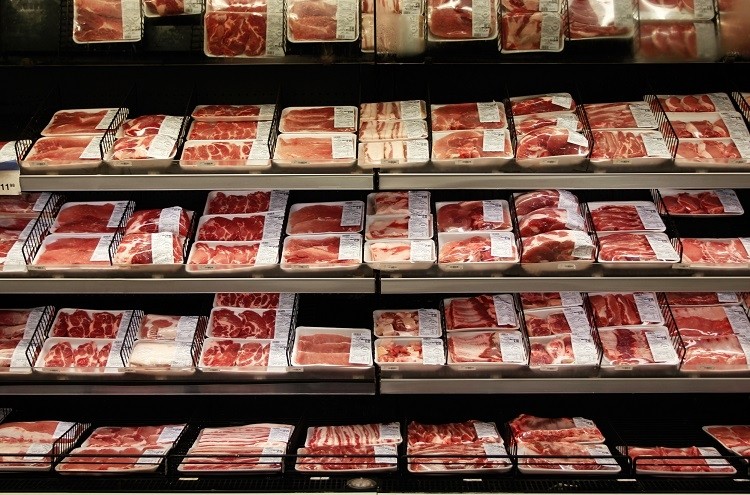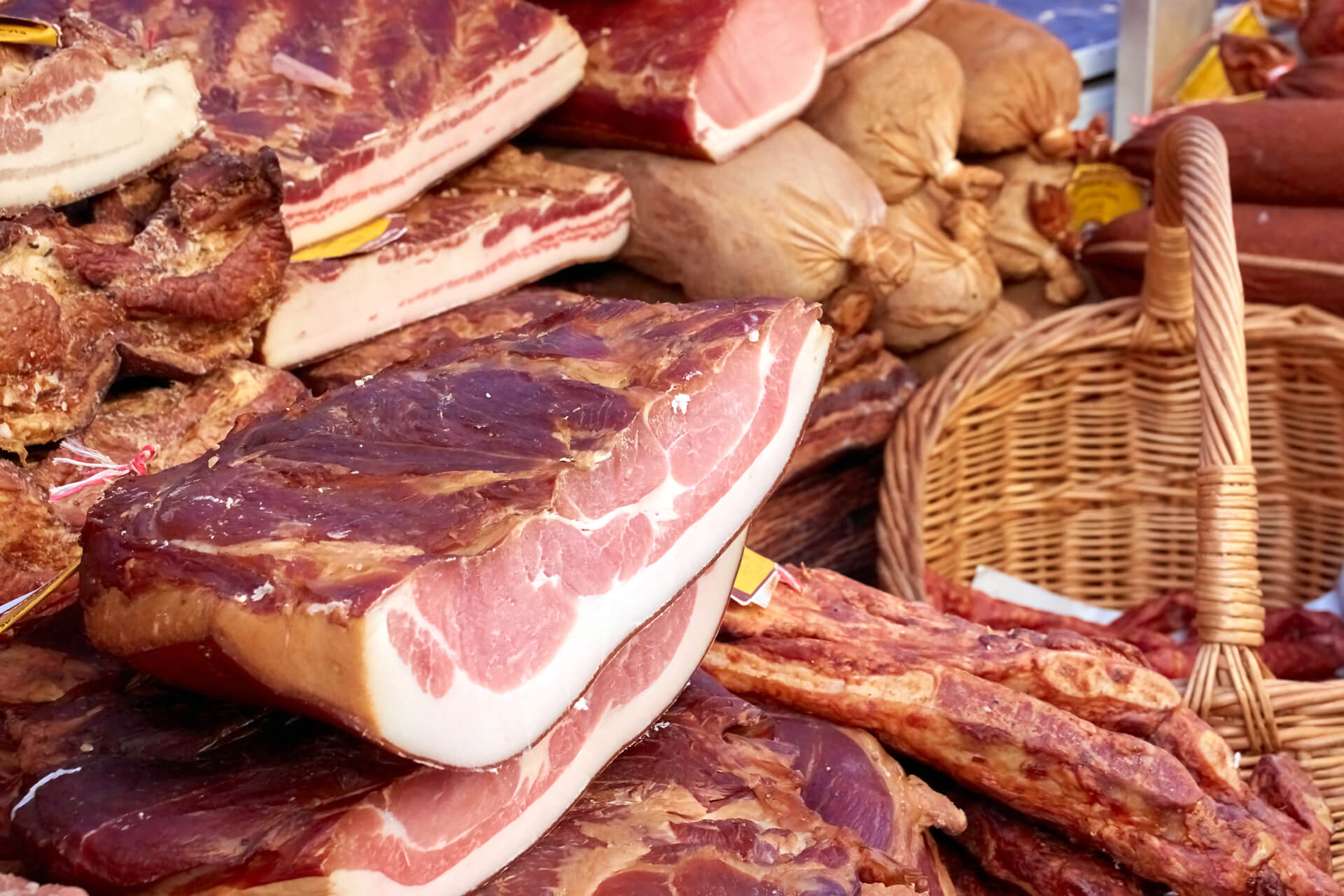Uncover the Art of the Butcher's Cut in a Modern Meat Market
In the ever-evolving landscape of modern meat markets, the butcher's cut has transcended its standard origins, combining age-old workmanship with contemporary practices. What absolutely establishes the contemporary butcher apart is their capacity to build a deeper connection in between consumers and the beginnings of their meat.
Development of Butchery Methods
The evolution of butchery techniques mirrors an abundant tapestry of advancement and adaptation driven by innovations in innovation, modifications in consumer need, and a much deeper understanding of meat scientific research. Historically, butchery was a craft gave via generations, with techniques sharpened over centuries to make the most of return and taste. The industrial revolution ushered in mechanization, changing traditional practices and allowing large handling.
The mid-20th century saw butchery methods additionally improved by clinical understandings into muscular tissue biology and meat aging, enhancing both tenderness and taste. Advancements like vacuum product packaging and refrigeration prolonged product shelf-life, permitting butchers to branch out offerings and improve top quality control. This period likewise marked the rise of customized tools, such as band saws and meat slicers, which boosted accuracy and performance in meat handling.

The 21st century has presented electronic modern technology right into the butchery realm. Digital systems now help in tracking animal provenance and optimizing cuts to satisfy specific customer choices. Additionally, a resurgence in artisanal butchery has actually arised, blending standard abilities with modern expertise to accommodate customers seeking moral and lasting meat options. This development highlights a dynamic interaction between practice and technology, meeting modern needs while protecting the craft's heritage.
Recognizing Meat Cuts
Recognizing the intricacies of meat cuts is vital for both butchers and customers looking for high quality and value. Each cut comes from a different component of the animal, presenting special flavors, textures, and cooking approaches - bagley farms meat market edwardsville il. Mastery of these differences not just enhances cooking experiences yet additionally makes best use of the utility of each carcass. For butchers, precise cuts reflect skill and respect for the craft, making certain marginal waste and ideal return.

Understanding muscular tissue composition is crucial; muscles used much more often by the pet often tend to be tougher and are best fit for slow cooking approaches, while less-used muscle mass, like those discovered in the loin, are more tender and suitable for grilling or roasting. Experience with these differences empowers customers to make informed options, enhancing their culinary undertakings.
Selecting High Quality Meat
Selecting the right meat involves greater than just picking an aesthetically enticing item from the display screen. bagley farms meat market edwardsville il. The art of choosing high quality meat requires a discerning click for more info eye and knowledge of certain characteristics that signify freshness and excellence. First of all, take notice of the color; beef should have a bright, cherry-red hue, while lamb ought to display a soft pink tone, and pork a pale pink. This shows the meat is fresh and hasn't been revealed to oxygen for also long.
Secondly, think about the marbling, Homepage which describes the white flecks of fat within the muscle mass. Proper marbling is a crucial indication of tenderness and flavor, as it thaws throughout food preparation, improving the meat's juiciness. Remember, higher marbling commonly correlates with superior top quality cuts, such as USDA Prime.
Structure is an additional crucial element; meat needs to really feel firm to the touch, not slimed or excessively soft. In addition, be mindful of the aroma. Fresh meat must have a tidy, neutral odor, free from any type of sour or repulsive smells.
Matching Cuts With Food Preparation Techniques

Conversely, tougher cuts like brisket and chuck roast are abundant in collagen, which damages down into jelly when prepared slowly. These cuts are optimal for braising or slow-moving roasting, allowing the meat to soften with time and create deep, intricate tastes. Likewise, cuts such as brief ribs and pork shoulder prosper with slow-cooking approaches, where extended cooking times transform their robust structures right into succulent meals.
Lamb shanks and oxtail, which require extended food preparation to soften, are excellent prospects for stewing or slow simmering. These methods coax out rich, passionate tastes while keeping wetness. By understanding the distinct qualities of each cut, cooks and home chefs alike can elevate their culinary creations, guaranteeing each meal is both satisfying and unforgettable.
The Butcher's Role Today
Browsing the evolving landscape of the contemporary meat market, the butcher's function today expands beyond plain prep work of cuts. Contemporary butchers are culinary craftsmens, instructors, and supporters for lasting methods.
In enhancement to crafting precise cuts, butchers currently engage directly with clients, using cooking suggestions and tailoring selections to fit individual needs and preferences. Their expertise in meat aging, marbling, and flavor accounts empowers consumers to make educated decisions, boosting their cooking experiences. This customized solution exhibits the butcher's developing role as a relied on expert in the kitchen.
Additionally, butchers are pivotal in decreasing waste, using entire pets to develop varied products such as sausages and supplies. This comprehensive approach not only appreciates the animal however also aligns with modern sustainability objectives. In this way, the contemporary butcher embodies both custom and development, adapting to an ever-changing market while preserving the creativity and integrity of their craft.
Final Thought
Mastery in understanding varied meat cuts and top quality signs encourages butchers to give educated suggestions, aligning certain cuts with optimum cooking methods. By honoring historic practices while welcoming modern demands, the butcher's duty remains important in today's advanced meat market.
Comments on “Why Bagley Farms Meat Market Edwardsville IL Is the Best Option for High Quality Meats”